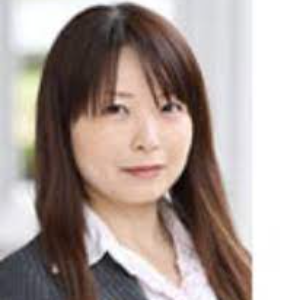Title : Effect of salts on the umami taste of ham
Abstract:
Pork is cut, cured in salt, filled, and smoked to make ham that contains many umami ingredients. The main umami components of ham are glutamic acid (Glu) and inosinic acid (IMP). IMP is produced by the breakdown of ATP in the muscles. Over time, IMP is degraded by inosinic acid degrading enzymes (IMPases). To increase the umami component, it is necessary to promote protease activity and inhibit IMPase activity.
The umami taste of ham increases during salting. Therefore, in this study, we investigated the effects of salts, such as NaCl, MgCl?, KCl, CaCl?, and MgSO? at pH 4–8 on the protease and IMPase activity to determine the best salting conditions to produce ham with high umami flavor.
We homogenized pork loin meat in its equal amount of water (w/w) and adjusted the buffer solutions to their respective pH. NaCl at a final concentration of 10 % and MgCl?, KCl, CaCl?, and MgSO? at a final concentration of 1 % were added after dialyzing the homogenate to determine the protease and IMPase activity, respectively. The reaction was performed at 37 °C for protease activity and at 30 °C for IMPase activity for 24 h and free amino acids and phosphoric acid were quantified.
The results showed relatively high protease activity at pH 5 for all salts and at pH 6 with NaCl and CaCl?, while IMPase activity was inhibited at all pH by NaCl and CaCl?. pH 5 is the isoelectric point of meat protein where they have the lowest water retention property. A brine containing 1 % CaCl2 and 10 % NaCl adjusted to pH 6 is suitable for producing hams with high Glu and IMP content.



